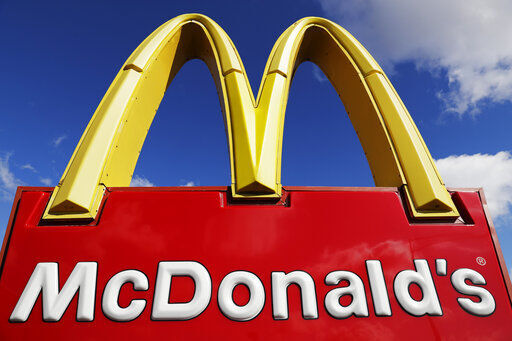Business did improve for McDonald’s throughout the second quarter as restrictions lifted across the globe, but the fast food giant faces a bumpy — and expensive — recovery.
Of the chain’s 39,000 restaurants worldwide, 96% are now open, compared with 75% at the start of the second quarter. Comparable-store sales that were down 39% in April were down only 12% by June.
The recovery is uneven, however. In some markets, like Australia and Japan, sales are already running ahead of 2019. In China, sales are down. In the U.S., McDonald’s put on the brakes. After reopening 2,000 dining rooms with reduced seating, the company paused reopenings in early July as coronavirus cases spiked. Last week, McDonald’s said it will delay dining room reopenings for at least another month and will require face masks for anyone entering its restaurants.
McDonald’s is also spending heavily to convince people to come back, particularly for breakfast. The Chicago company spent more than $200 million to support franchisee marketing during the second quarter. It also paid $31 million to distribution centers — payments normally made by franchisees — and $45 million to cover franchisees’ debts.
McDonald’s reported today that net income fell 68% to $484 million during the quarter. Earnings, adjusted for one-time items, were 66 cents per share, well short of the 74 cents Wall Street was looking for, according to a survey by FactSet.
Same-store sales fell 24% for the entire quarter, a point shy of analyst projections. In the U.S., McDonald’s biggest market, same-store sales fell 9%. Last year, they were up 8% in the same period. Same-store sales fell 41% in international markets, reflecting temporary store closures in the United Kingdom, France and other countries.
Revenue fell 30% to $3.76 billion, slightly ahead of expectations.
McDonald’s shares fell 2% to $196.52 in premarket trading.


